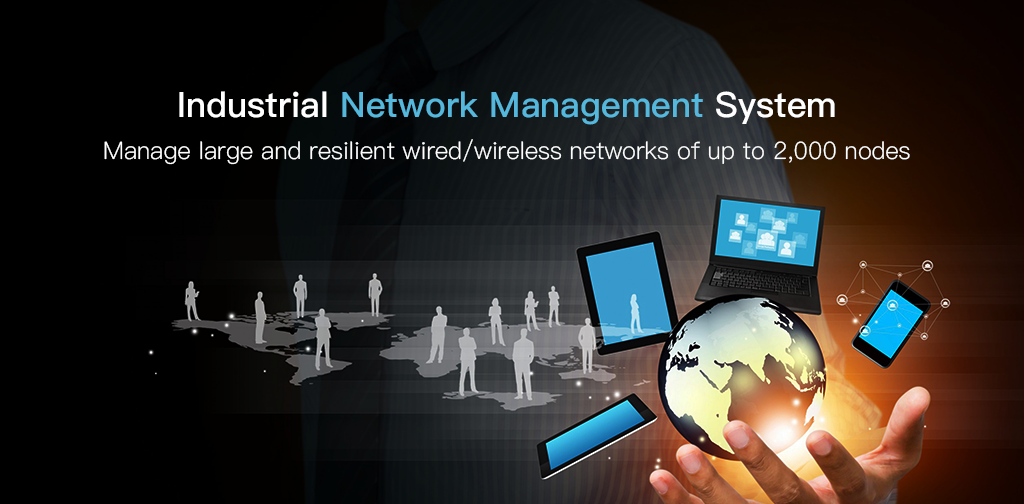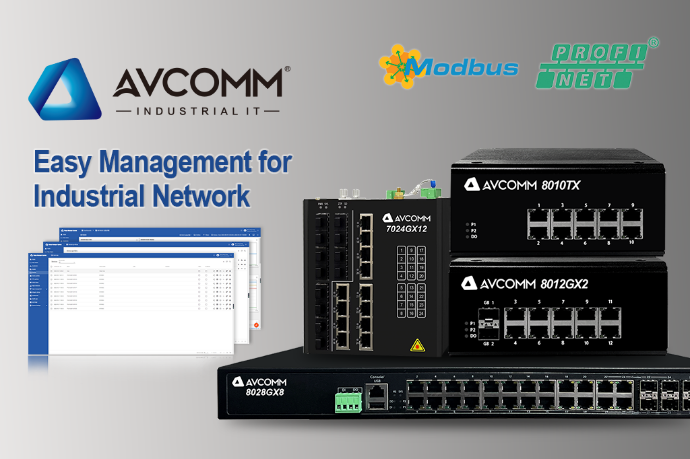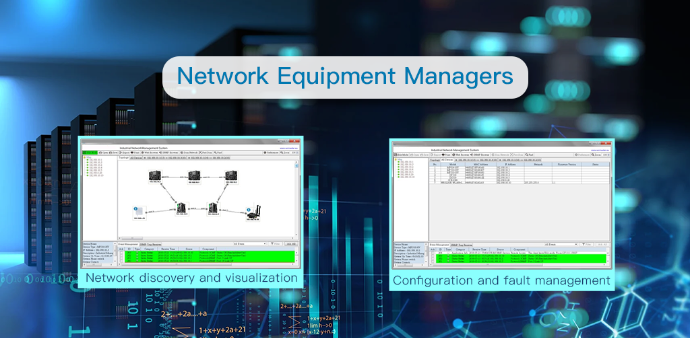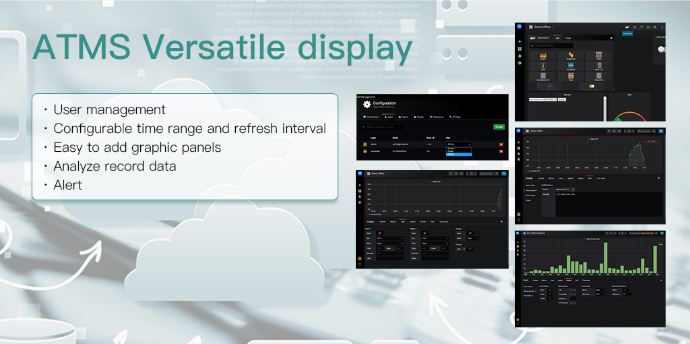In industrial network environments, efficient and flexible device management directly impacts production efficiency and operational costs. Traditional switches typically support only a single configuration method, forcing maintenance teams to switch tools across different scenarios—adding operational complexity. In contrast, modern industrial switches support various configuration methods including ATMS, WebGUI, CLI, Telnet, and SSH, covering all operational needs and significantly improving management efficiency. This article explores the advantages of multi-configuration methods and explains how to leverage them to optimize industrial network operations.

1. Multi-Configuration = Full Scenario Coverage
(1) ATMS (Automated Management) – Batch Deployment, Reduced Human Error
Ideal for: Large-scale industrial network deployment, batch firmware upgrades, unified policy configuration.
Benefits: Automation scripts (e.g., Python, Ansible) efficiently handle repetitive tasks, minimizing risks from manual configuration errors.
(2) WebGUI (Graphical Interface) – Zero Barrier for Non-Experts
Ideal for: Daily monitoring, basic configuration changes, maintenance by non-technical staff (e.g., production line managers).
Benefits: An intuitive visual interface eliminates the need to memorize complex commands—click-based operations manage ports, VLANs, and more with ease.
(3) CLI/Telnet/SSH – Advanced Control for Engineers
Ideal for: Complex network troubleshooting, advanced routing policy configuration, diagnostics.
Benefits:
CLI (Command Line Interface): Grants full control, ideal for seasoned engineers making precise adjustments.
SSH (Encrypted Remote Access): Offers secure communication compared to plaintext Telnet, preventing password leaks and meeting industrial cybersecurity standards.
2. Solving User Pain Points: Tailored for Every Role, Boosting Operational Efficiency
(1) “Whether you’re a beginner or an expert, there’s a method that fits you.”
Problem: Traditional industrial devices often support only CLI, making them inaccessible to non-technical users and increasing the IT team’s workload.
Solution:
-
Production Line Managers can use WebGUI to quickly check device status without IT support.
-
Network Engineers retain the flexibility of CLI/SSH for advanced configurations.
(2) “No need to switch tools—a single device supports all operational scenarios.”
Problem: Maintenance teams often juggle multiple tools (e.g., Web interfaces + CLI tools + automation scripts), lowering efficiency.
Solution: A single switch supporting multiple configuration methods eliminates the need for extra software, reducing toolchain complexity.
3. Technical Advantages: Flexibility, Security, Automation
(1) Seamless Switching: From GUI to CLI with Ease
Operations staff can choose configuration methods based on the situation:
-
Use WebGUI for quick issue identification, then SSH for in-depth troubleshooting.
-
Write scripts with CLI, then batch-execute them via ATMS to boost efficiency.
(2) Security First: SSH Encryption Prevents Unauthorized Access
-
Telnet Risk: Transmits data in plaintext, vulnerable to sniffing attacks.
-
SSH Advantage: Supports key-based authentication and encrypted communication, compliant with industrial cybersecurity standards (e.g., IEC 62443).
(3) Automation-Ready: ATMS + CLI Enables DevOps Practices
Paired with automation tools (e.g., Ansible, Python scripts), you can achieve:
-
Version-controlled configuration management.
-
Automated fault recovery (e.g., auto-restart on port anomalies).
-
Integration with SCADA systems for smarter operations and maintenance.
Conclusion
In the era of Industry 4.0, the usability, security, and automation capabilities of network devices directly influence production stability. Switches that support ATMS, WebGUI, CLI, SSH, and more, can adapt to various team roles, reduce the cost of tool-switching, and enhance operational efficiency. Whether you're a production line manager, IT engineer, or automation ops team, there's a configuration method tailored to your needs—making your industrial network more efficient and secure.

>> Still managing your industrial network with a single configuration method? It's time to upgrade!

